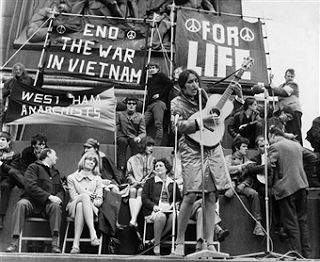
Temple University Libraries presents
“Can You Get Anything You Want?
The Complicated Story of ‘Alice’s Restaurant’“
A Conversation, Performance, and Singalong
Tuesday, November 14, 2023, 3:30 PM
Charles Library Event Space
Light refreshments served.
All programs are free and open to all, and registration is encouraged.
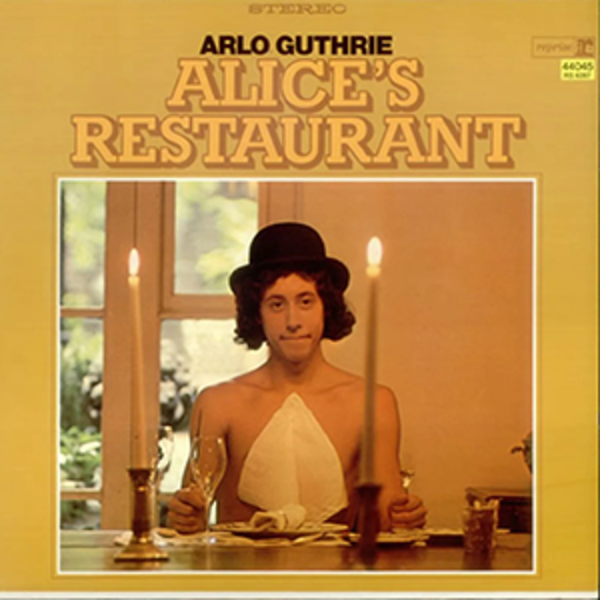
The Vietnam War was a tumultuous period in American history, marked by controversy, protests, and significant social change. Music played a pivotal role during this era, providing a voice to those who opposed the war and capturing the experiences of soldiers on the front lines. The war inspired many songs, some critical, and some supportive. A unique example is “Alice’s Restaurant,” by Arlo Guthrie (the son of famous singer-songwriter Woody Guthrie). Nearly 20 minutes long, and predominantly spoken rather than sung, it details his successful dodging of the draft after a fateful Thanksgiving in Massachusetts. The song even inspired an illustrated book of the same name, available through the Charles Library’s Special Collections. Our next Beyond the Notes event will feature a conversation about the song within its historical and social context, followed by a Q&A with the audience, and finally a performance. Here we will explore some other iconic songs about the Vietnam War and how they reflected the sentiments of the time.
1. “Fortunate Son” (1969) by Creedence Clearwater Revival, Billboard Peak #3
“Fortunate Son” by Creedence Clearwater Revival is a powerful protest song that criticizes the draft system and the privileged position of the wealthy in avoiding military service. While not overtly critical of the Vietnam War specifically, its catchy melody and straightforward lyrics detailing the struggles of the lower classes, who were more strongly affected by the draft due to a lack of political and social influence, made it an anthem for the anti-war movement.
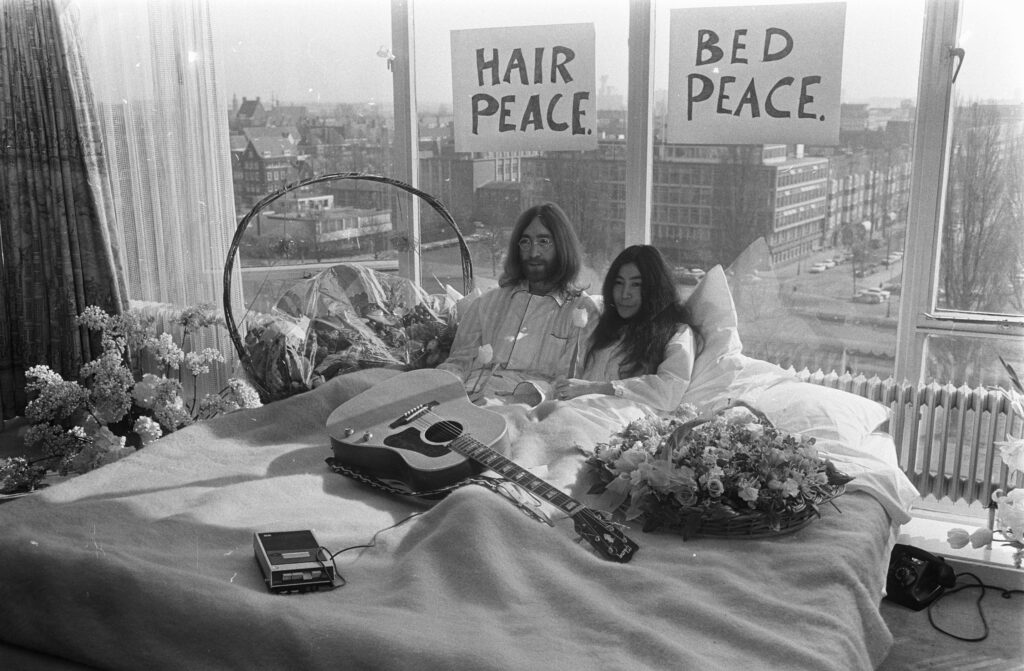
2. “Give Peace a Chance” (1969) by John Lennon, Billboard Peak #14
John Lennon’s “Give Peace a Chance” was recorded during his and Yoko Ono’s “Bed-In” protest for peace in 1969. Featuring Lennon’s characteristic surrealist imagery and wordplay throughout the verses, the clear message of the song’s simple refrain became an anthem for the anti-war movement and promoted the message of peaceful protest and unity.
3. “Where Have All the Flowers Gone” (1955) by Pete Seeger, Billboard Peak #21
Originally written by Pete Seeger in the 1950s, “Where Have All the Flowers Gone” gained renewed popularity during the Vietnam War, thanks to cover versions by The Kingston Trio (1961) and Johnny Rivers (1965), among many others. Seeger began writing the song while traveling to Oberlin College, one of the few venues that would allow him—a former member of the American Communist Party—to perform during the McCarthy era. The song’s lyrics, which lament the cycle of war and its tragic consequences, resonate with the anti-war sentiment of the era.
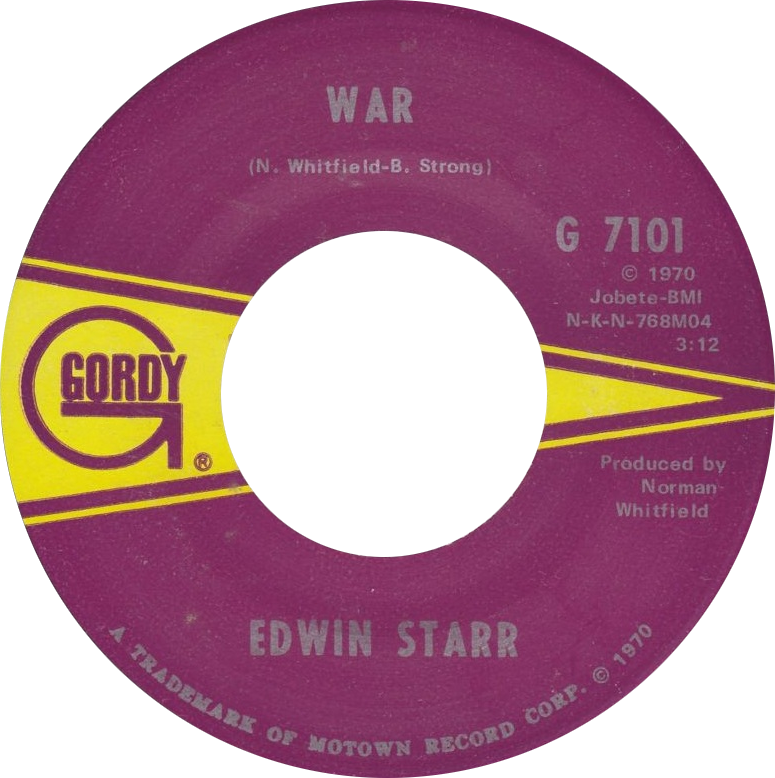
4. “War” (1970) by Edwin Starr, Billboard Peak #1
“War” is a soulful and passionate song that expressed the anger and frustration felt by many during the Vietnam War. Though the song was originally written for The Temptations, their label did not want them associated with a potentially controversial subject, so it was ultimately re-recorded and released by Edwin Starr. The song’s chorus, “War, what is it good for? Absolutely nothing!” became a rallying cry for those opposed to the war.
5. “The Ballad of the Green Berets” (1966) by Staff Sergeant Barry Sadler, Billboard Peak #1
While most songs of the era were anti-war, “The Ballad of the Green Berets” offered a different perspective. Released in 1966, this song celebrated the bravery and sacrifice of the U.S. Special Forces in Vietnam, reflecting the patriotic sentiment of the time. It was co-written by Robin Moore, author of the book The Green Berets, and Staff Sergeant Barry Sadler, who had been wounded in Vietnam. It was one of the most popular songs of its time, staying at the top of the Billboard charts for five weeks, and eventually was recognized as the top Hot 100 Song of the Year.
6. “Black Angels” (1970) by George Crumb
Although it was not a chart-topping hit, “Black Angels” was very influential both in the classical and pop music worlds. Written for what Crumb called “electric string quartet,” it uses amplified acoustic string instruments alongside several auxiliary instruments for each player, including maracas, crystal glasses, thimbles, and a tam-tam. The piece is a lament for the Vietnam War, and the score is marked in tempore belli, in time of war. The 1972 recording by the New York String Quartet was listed by David Bowie as one of his favorite records, and the Kronos Quartet was formed after violinist David Harrington heard the piece on the radio.
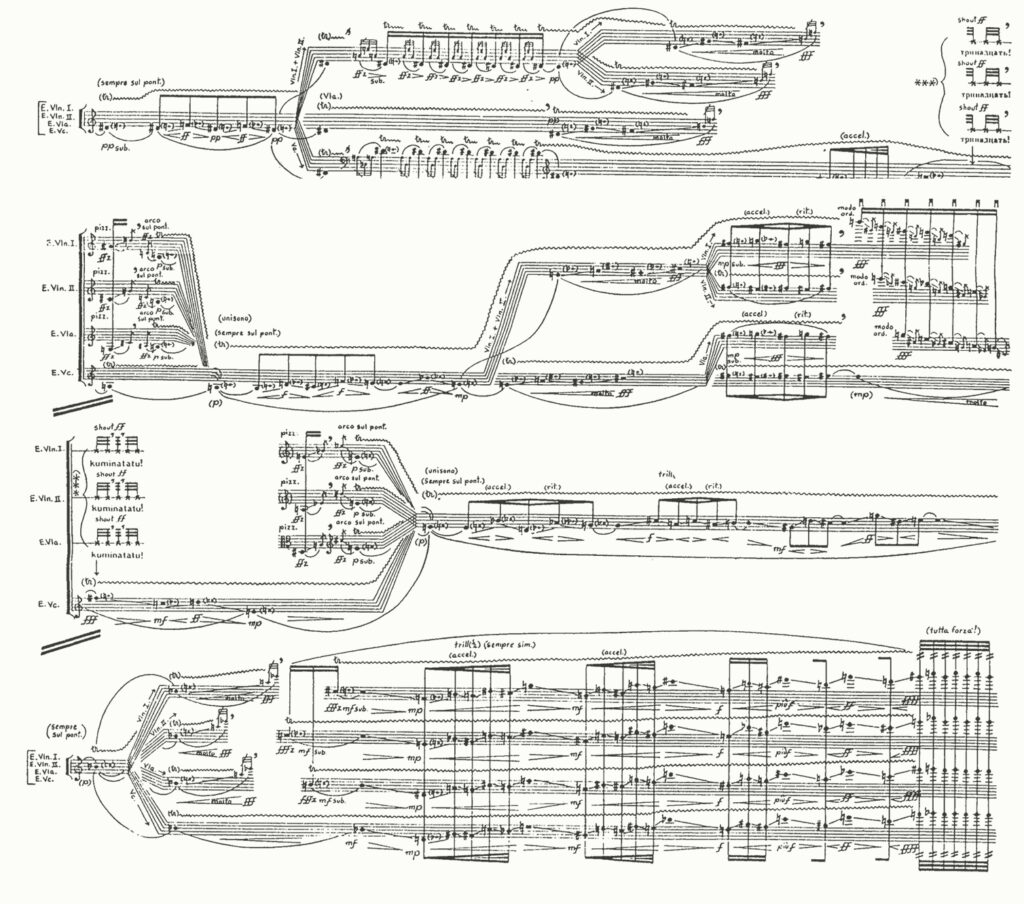
These songs not only provided a soundtrack to the Vietnam War but also served as a means of protest, reflection, healing, and in Sadler’s case, of justifying a war many believed to be immoral. They continue to remind us of the enduring impact of that conflict on American society and culture.
We hope you will join us on Tuesday November 14 to hear Dr. Kimmika Williams-Witherspoon and Dr. Elijah Wald discuss the unique position “Alice’s Restaurant” holds in the enduring legacy of Vietnam War and the protest movements of the 1960s.
By Dan Maguire
References/Further Reading:
Atwood, Kathryn. Bad Moon Rising: The Unauthorized History of Creedence Clearwater Revival (Updated Edition). Chicago: Chicago Review Press, 2007. https://librarysearch.temple.edu/catalog/991037805063103811
Carr-Wilcoxson, Amanda. “Protest Music of the Vietnam War: Description and Classification of various Protest Songs.” Order No. 1484797, East Tennessee State University, 2010. https://librarysearch.temple.edu/articles/cdi_proquest_journals_365817287
Deiter, Gerry, Joan Athey, and Paul McGrath. Give Peace a Chance: John & Yoko’s Bed-in for Peace. Mississauga, Ont: Wiley, 2009. https://librarysearch.temple.edu/catalog/991034216929703811
Eliason, Eric A., and Tuleja, Tad, eds. Warrior Ways: Explorations in Modern Military Folklore. Logan: University Press of Colorado, 2012. https://librarysearch.temple.edu/catalog/991036731413803811
Kutschke, Beate, and Barley Norton. Music and Protest in 1968. 2013. https://librarysearch.temple.edu/catalog/991036728184803811
Lynskey, Dorian. 33 Revolutions per Minute: A History of Protest Songs, from Billie Holiday to Green Day. 2011. https://librarysearch.temple.edu/catalog/991018702839703811
Shupe, Abigail. War and Death in the Music of George Crumb: A Crisis of Collective Memory. 2022. https://librarysearch.temple.edu/catalog/991038130115403811